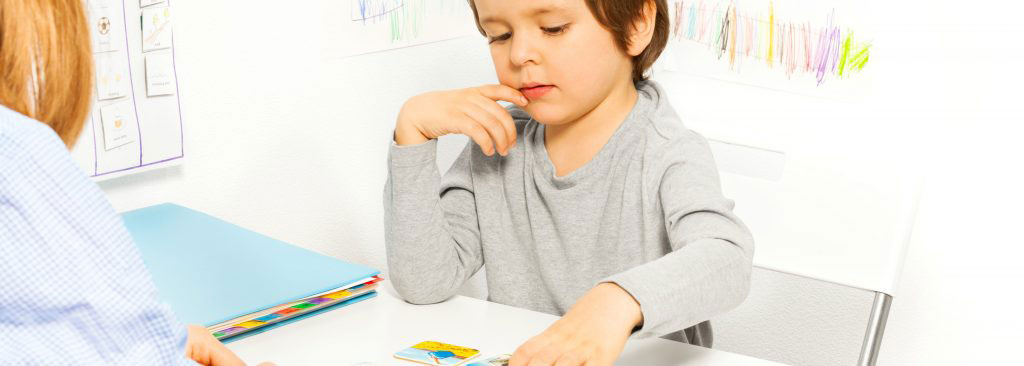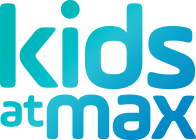
What is AAC?
Augmentative and Alternative Communication (AAC) can be used to help children who have difficulties with speaking to communicate. AAC can replace talking for children who do not have the ability to speak at all or can supplement gaps in speech for children who speak fewer words. AAC can also support language development by assisting children to understand new words and their meaning, and encouraging them to continue advancing by providing them with a new way to communicate.
AAC solutions can be either aided or unaided. Unaided AAC uses a person’s body to communicate and does not require any additional materials whereas aided AAC requires additional materials to assist communication.
Unaided AAC
Unaided AAC includes:
- Sign language
- Key word sign (sign used in conjunction with spoken word)
- Gesture
- Facial expression
- Body language.
Aided AAC
There are many different types of aided AAC, including low-tech (paper-based) and high-tech (technology-based) options.
Low-tech AAC
Low-tech AAC is usually paper-based, and incorporates picture symbols. Communication partners can point to the picture symbol for the word they are saying to help a child understand the word. In turn, children may learn to point at the picture symbols to communicate with others.
Low-tech AAC includes:
- PECS (Picture Exchange Communication System)—a form of communication where children give picture symbols to their communication partner to request items
- Aided language displays—A4 pages with picture symbols specific to a particular activity (e.g. reading, bathtime, playground etc.)
- Visual schedules—daily schedules or activity schedules shown in picture form
- PODD books—multilevel books filled with picture symbols organised according to different categories (e.g. people, places, activities).
High-Tech AAC
High-tech AAC is technology-based and can be used on a variety of devices. Depending on the physical abilities of a child, AAC can be used with direct touch, eye gaze or switches that activate picture symbols.
High-tech AAC includes:
- Proloquo2Go—an iPad app using picture symbols organised into different categories (e.g. people, places, activities)
- Devices designed for AAC which use picture symbols organised into different categories.
Who might use AAC?
AAC might be used by children with a number of different conditions that affect their communication, including autism spectrum disorder, childhood apraxia of speech, language delay or disorder and some physical disabilities such as cerebral palsy.
Will using AAC stop my child from talking?
There is no evidence to suggest that using AAC will prevent a child from developing speech and talking later on. In fact, evidence suggests that for children who are able to develop speech, using AAC can support their speech and language development.
Everyone uses different types of communication at different times, such as talking, writing, gesture, facial expression and body language. AAC provides another means of communication for children who have difficulty speaking but it does not replace any natural communication.
AAC provides a way for children who have difficulty speaking to communicate while they develop their speech.
How long will it take for my child to learn to use AAC?
The length of time it takes for each child to learn to use AAC can vary. This can be impacted by a child’s understanding of language and picture symbols, how quickly a child learns generally or any physical limitations. Some children may learn to use AAC very quickly, while other children may take quite a while.
It is important to remember that when a baby is learning to talk, we don’t expect them to say any words until around their first birthday. We talk to a baby and teach them words, but we don’t expect them to use any words for 12 months. So it is not reasonable to expect a child to learn to use AAC immediately—they need practice, just like a baby practices sounds such as “bababa” before using real words. Children learning to use AAC need time to learn how the system works, they need adults to use the AAC to show them what the symbols mean, and they need practice using the AAC.
Who decides if my child needs AAC?
A speech pathologist will recommend AAC if it is required. If a speech pathologist recommends AAC for your child, they will work with you to decide on the most suitable AAC and they will train you in how to use the AAC with your child.
We are proud to be a highly regarded speech language therapy and autism therapy clinic in Bentleigh, Melbourne. If you have any concerns with your child’s communication development and would like further assistance, please contact Kids At Max on (03) 9702 4447 to make an appointment with a speech pathologist in Bentleigh today.
